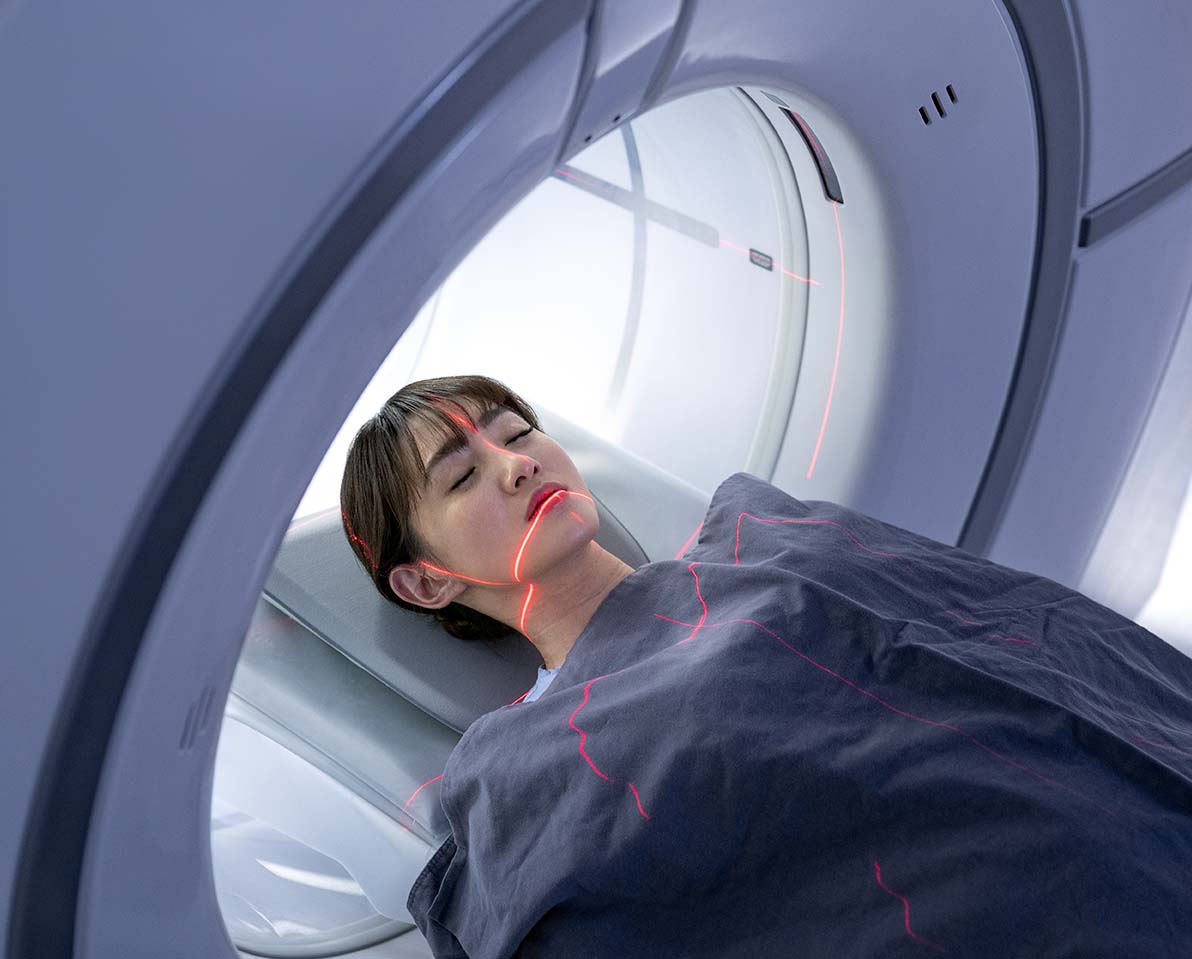Common Diagnosis Methods

Tests
If you show symptoms of a stroke or a transient ischemic attack, also called TIA, warning stroke or a mini-stroke, your doctor will gather information and make a diagnosis. Your diagnosis will be based on:
- Medical history
- Physical and neurological examinations
- Laboratory (blood) tests
- CT or MRI scans
- Other diagnostic tests that might be needed
What are the types of tests?
Diagnostic tests examine how the brain looks, works and gets its blood supply. They can outline the injured brain area. Most of them are safe and painless and fall into three categories:
- Imaging tests give a picture of the brain similar to X-rays.
- Electrical tests record the electrical impulses of the brain.
- Blood flow tests show any problem that may cause changes in blood flow to the brain.
Common imaging tests
MRI (magnetic resonance imaging) uses a large magnetic field to produce an image of the brain. Like the CT scan, it shows the location and extent of brain injury. The image produced by MRI is sharper and more detailed than a CT scan, so it’s often used to diagnose small, deep injuries.
What is an electrical activity test?
Two basic tests, EEG and Evoked Response, show the brain’s electrical activity.
In an EEG (electroencephalogram), electrodes are placed on your scalp to pick up electrical impulses. These electrical signals are printed out as brain waves.
An Evoked Response test measures how the brain handles different sensory information. Electrodes record electrical impulses related to hearing, body sensation or vision.
What is a blood flow ultrasound test?
Several tests involving blood flow use ultrasound technology. Depending on the technology, characteristics of the vessel and blood flow can be determined, including imaging, speed, direction, the amount of blood flow through a blood vessel and the amount of blockage that may exist. A special ultrasound probe is placed over the suspect artery — especially arteries in the neck (carotid) or at the base of the skull (vertebral). Examples of blood flow tests are B-mode imaging, Doppler testing and duplex scanning. These tests give detailed information about the condition of arteries.
Another blood flow test is a medical procedure called angiography (arteriography or arteriogram). This test is like a cardiac catheterization, but the catheter is placed in the brain’s arteries. A special dye is injected into the blood vessels and an X-ray is taken. Angiography gives a picture of the blood flow through the vessels so the size and location of blockages can be evaluated. This test can be especially valuable in diagnosing aneurysms and malformed blood vessels and providing information before surgery.




